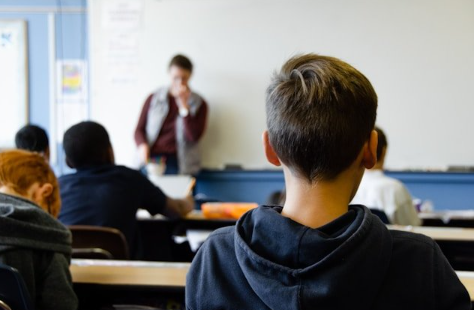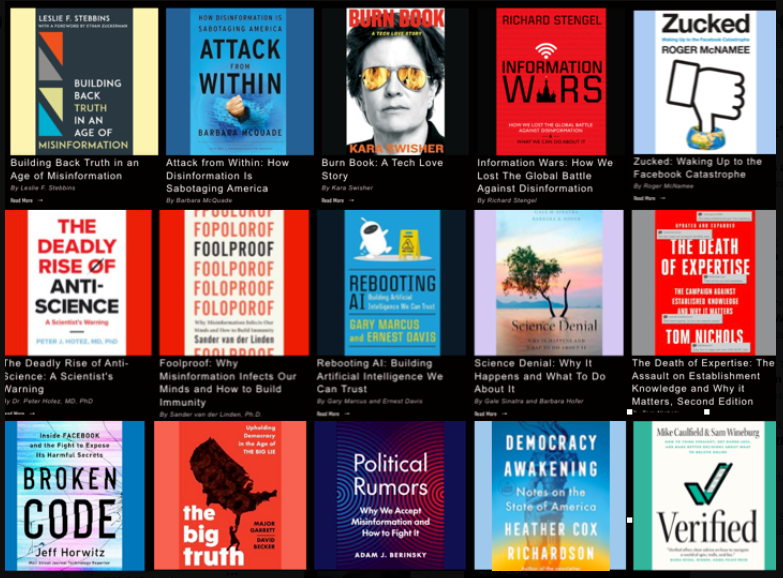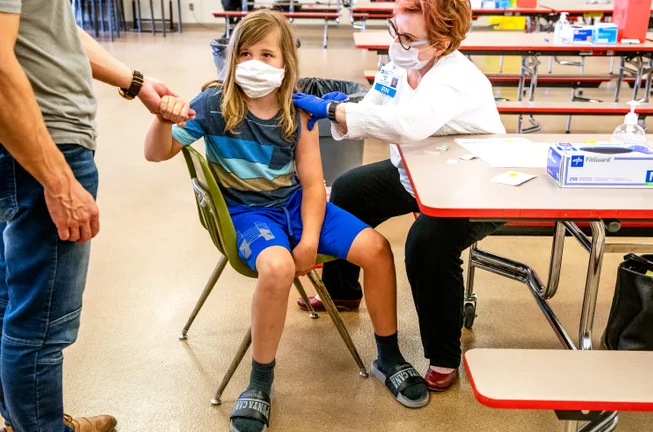AI images and conspiracy theories are driving a push for media literacy education
High school students taking part in the University of Washington's annual MisInfo Day earlier this month. They are looking at pictures of faces to tell whether the images were created with generative AI tools or authentic. (Photo by Kim Malcolm/KUOW)
National Public Radio
Videos, images and text created by generative artificial intelligence tools are turning up in elections, for sale on Amazon and even in court documents. Learning to identify the growing flood of deepfakes, along with online conspiracy theories, is becoming a rite of passage for students.
Earlier this month, about 500 high school students were milling about a cavernous ballroom on the University of Washington's Seattle campus, just as the annual MisInfo Day event was about to begin.
Isabella and Jasper are two sophomores from Ballard High School. (NPR isn't using students' last names because they're under 18.)
Both consider themselves relatively savvy online, but admit it's getting harder to figure out what they're seeing online... especially the realistic images created by AI tools.
RELATED STORIES FROM THE INTEGRITY PROJECT




